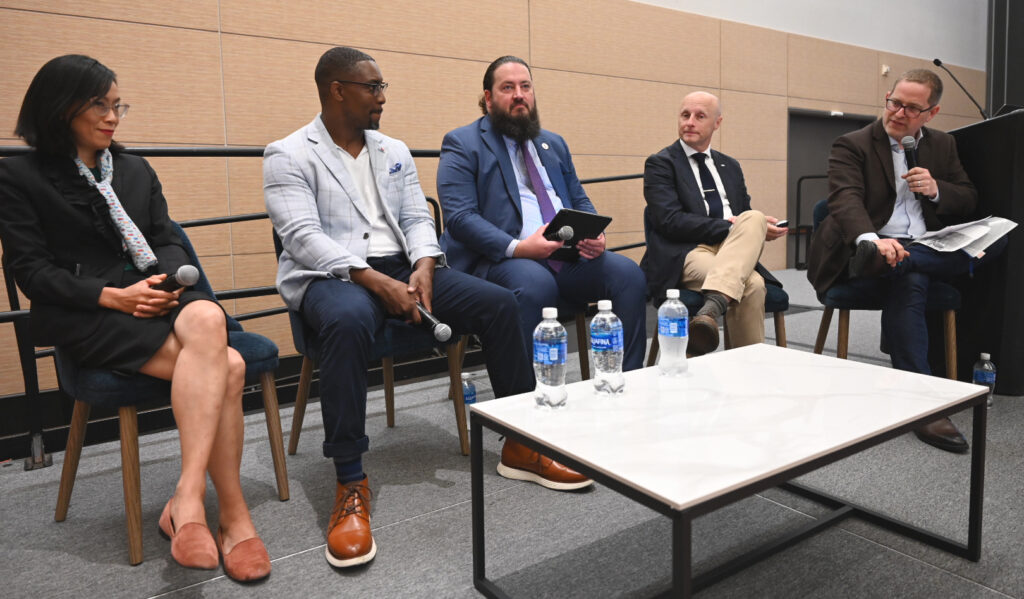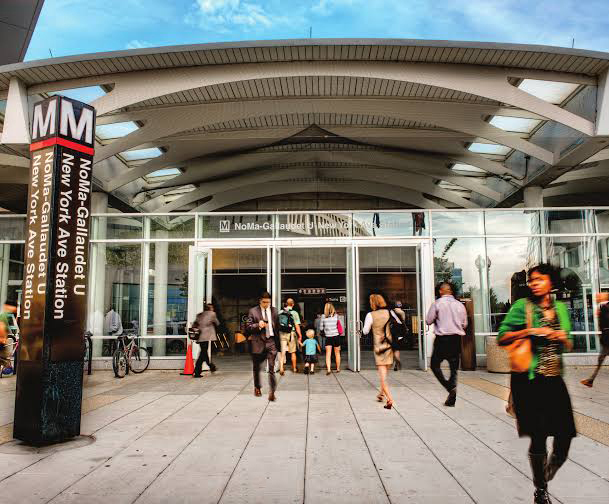Mobility Hubs Enhance Economic Development
9/29/2025

Mobility hubs—central locations where people can access different modes of transportation—afford travelers an expanded array of choices to get from their front door to their destination using the train, bus, or a variety of other options.
“As part of our service approach, we consider all of the stations in the network to be mobility hubs,” said Tom Webster, executive vice president and chief of planning and performance, Washington Metropolitan Area Transit Authority (WMATA), DC, at the Mobility Hubs: Connecting Modes / Facilitating Regional Service session at APTA’s TRANSform.
WMATA’s Metro system, Webster said, is “intensely focused on improving the overall usefulness of our transit network,” and mobility hubs are a part of that plan, adding that 80 percent of the region’s Metrorail stations are served by at least four bus routes. “Great transit service and destinations are what make good mobility hubs and bring people together,” he said.
The panel moderator, David Zipper, a senior fellow at the MIT Mobility Initiative and co-host of a podcast about transportation, said that a broader vision is one in which a train station’s mobility hub “could become a kind of a neighborhood center with supportive services.”
Mobility hubs also play a role in enhancing economic development, including the construction of new homes and the development of new businesses, in the neighborhoods surrounding Metrorail stations.

Webster highlighted the rapid development around one particular Metrorail station, the NoMa–Gallaudet U station in DC, which opened in 2004. Since that Metro stop opened, the surrounding neighborhood has become one of the city’s most dynamic, with explosive commercial and residential expansion.
NoMa is also a vibrant mobility hub with multiple bus lines, bike shares, and pedestrian infrastructure, allowing riders to seamlessly transfer from one transportation mode to another.
“Twenty-one years later, it’s now one of our system’s top 10 ridership stations, with daily ridership approaching 30,000 customer trips,” Webster said.
Joining Webster were Andy Byford, special advisor to the Amtrak board, NY Penn Station Transformation; Ryan White, growth leader – transportation (US Southeast), Stantec Consulting; and Sirinya Matute, senior regional planner, Southern California Association of Governments. Stantec sponsored the session.
View more images from TRANSform.